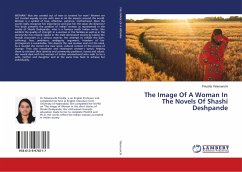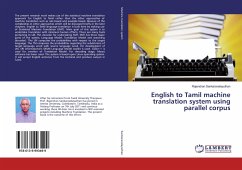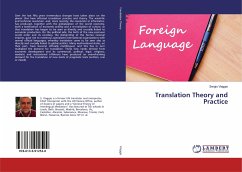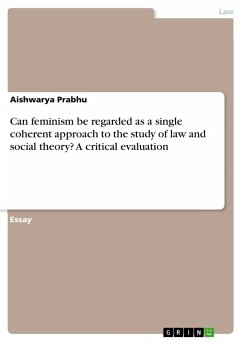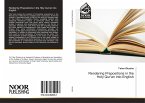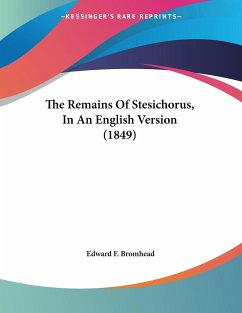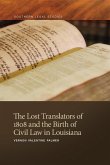This study aimed at exploring the translation strategies that were used to highlight feminist themes in three Arabic novels. The study used an eclectic model that integrates the translation strategies of Flotow (2016), Lessinger (2020), and Massardier-Kenney(1997), into that of Lefever (1992, 2017) and Venuti (1992, 2018). The eclectic model was used as a tool of analysis to identify the most frequent strategies used to make the feminine visible,based on thematic analysis of four feminist themes, which include gender language, gender stereotyping, oppression in male-female relationships, and female empowerment. Data analysis depends on comparing the source text with the target text, which helped in answering the research questions regarding the effectiveness of the eclectic model in identifying the feminist strategies that each translator used, and how each translator's feminist identity affected each translation. The research findings indicated that the eclectic model is effective in highlighting supplementing, manipulation, and foreignization as the most common strategies that were used to assert feminist ideologies.
Bitte wählen Sie Ihr Anliegen aus.
Rechnungen
Retourenschein anfordern
Bestellstatus
Storno


